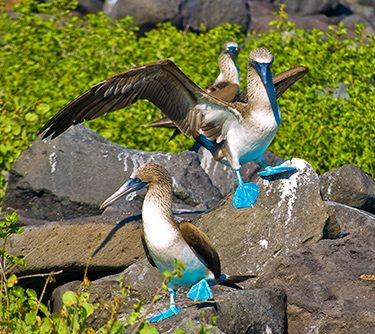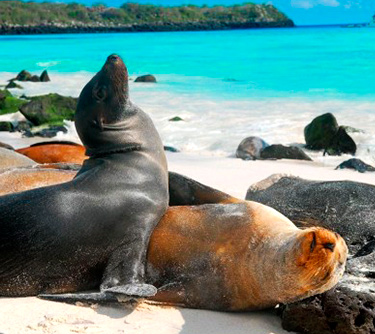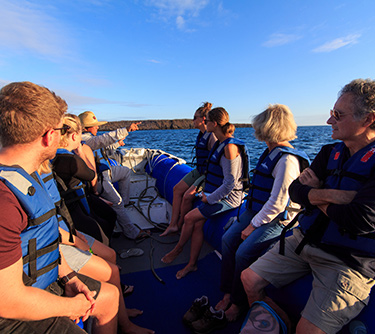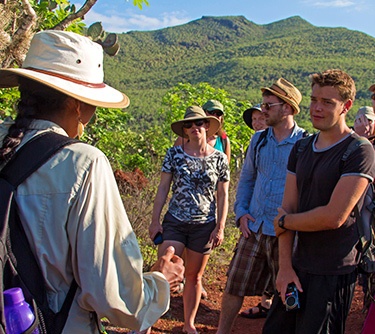Diving
Diving
Nowhere on Earth compares to these iconic islands in the Pacific. Nature-lovers, this is the journey of a lifetime. Join Us.
Diving the best destinations in the world often requires adventure-seekers to embark upon long journeys to distant locations. What are they rewarded for travelling off the beaten track? Rare underwater encounters and unspoiled dive sites! In this regard, nowhere compares to the Galapagos.
Night Diving
Night Diving
The thought of dipping below the surface at night seems mysterious, yet so alluring. Although you’ve been scuba diving at a site many times before, at night you drop into a whole new world and watch it come to life under the glow of your dive light.
The scene changes as day creatures retire and nocturnal organisms emerge. Night diving definitely changes the way we see marine life. It is completely different, you don’t want to miss that.
Wildlife observation
Wildlife observation
The encounters with unique and fearless animals at very short distances will definitely be one of the most fascinating and unforgettable parts of your visit to the Galapagos Archipelago. You will find yourself in the middle of an exciting nature documentary!
Even the young Charles Darwin was constantly astonished about the tameness and stoicism of various species, despite his experiments such as throwing stones at them, and shouting at “or even riding apparently “deaf” giant tortoises; experiments which fortunately are forbidden nowadays.
Photography and filming
Photography and filming
Follow in the footsteps of Sir David Attenborough, Tui de Roy and Pete Oxford. The Galapagos Islands are a paradise for image makers; probably every serious nature photographer or filmmaker – professional or amateur – aspires to visit the archipelago at least once in their lifetime.
And even for those who just want to keep a memory of their extraordinary trip, it will be difficult to select the best shots to do your photo album justice.
Breeding project
Visit a breeding project and visitor centre
Most of our routes also include a scheduled visit to one of the Galapagos’ giant tortoise breeding projects, an interpretive botanic trail or an interesting visitor centre.
These visits are a good introduction to the islands and they complement the briefings and field explanations of your knowledgeable naturalist guide during the cruise. The visits are a way of showing and telling you the background stories from a different point of view, bringing the islands to life.
Dry and wet landings
Dry and wet landings
The island tours generally start and end with a transfer aboard an inflatable boat (also called “dinghy” or “panga”) from your yacht at the anchorage site to the island. Sometimes there is a sort of jetty or rocky shore where you can make a so-called ‘dry landing’.
Alternatively you will land on a beach where you will put on shorts and sandals or water shoes and step into shallow water (‘wet landing’). Dry landings can be slippery or somewhat bumpy when the sea is rough, but the crew is trained and always ready to help you in and out safely.
Inflatable dinghy rides
Inflatable dinghy rides
Besides the so-called terrestrial visitor sites, the Galapagos National Park also offers a host of marine visitor sites, where a variety of activities are permitted including snorkelling, scuba diving, sea kayaking and inflatable boat rides (also called “Dinghy” or “Panga”).
Of course, the naturalist guide comes into play here again, to give these observation tours more significance. You generally won’t make a landing, but can observe the wildlife from the waterside, as well as the intertidal life, for example Galapagos penguins and flightless cormorants.





